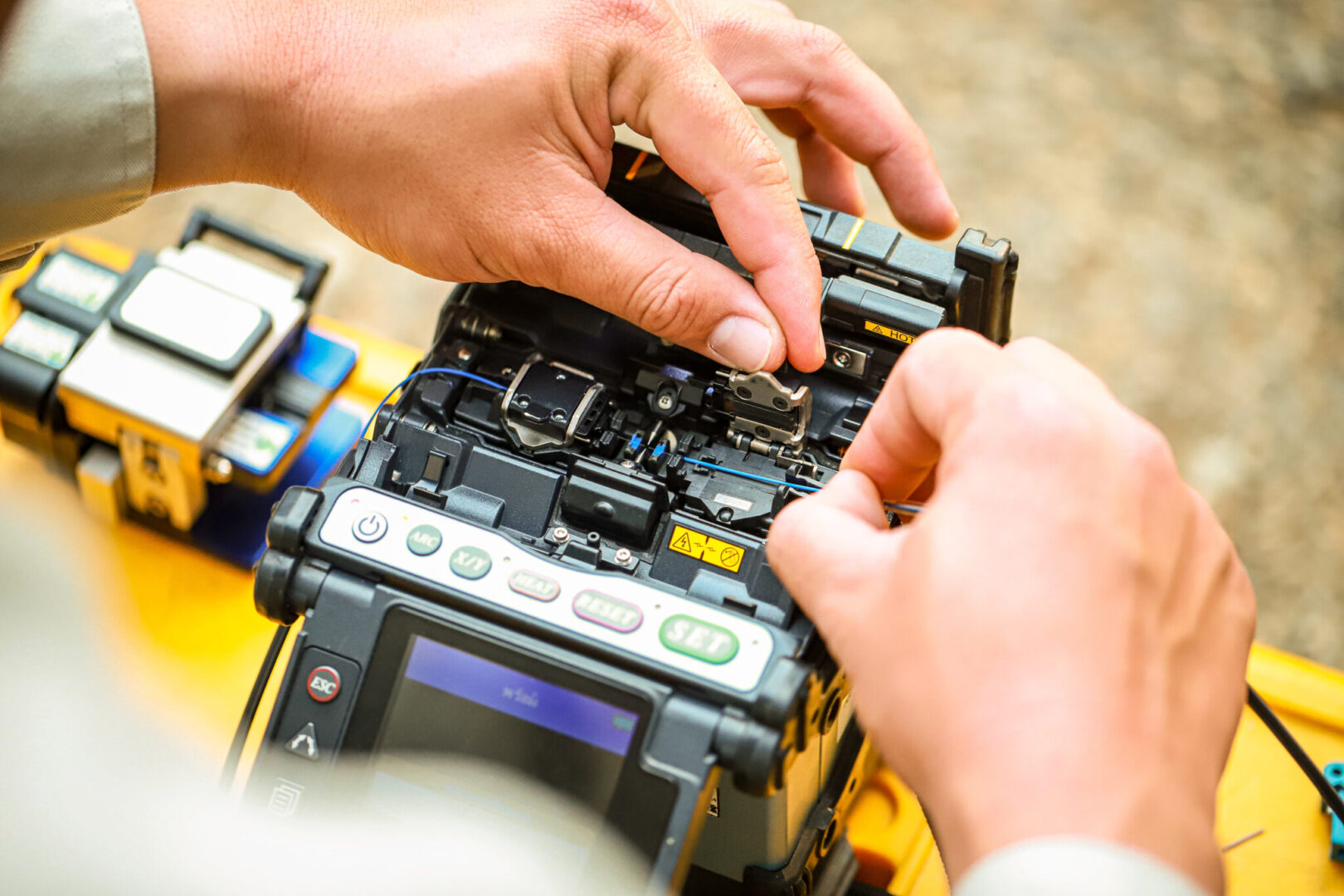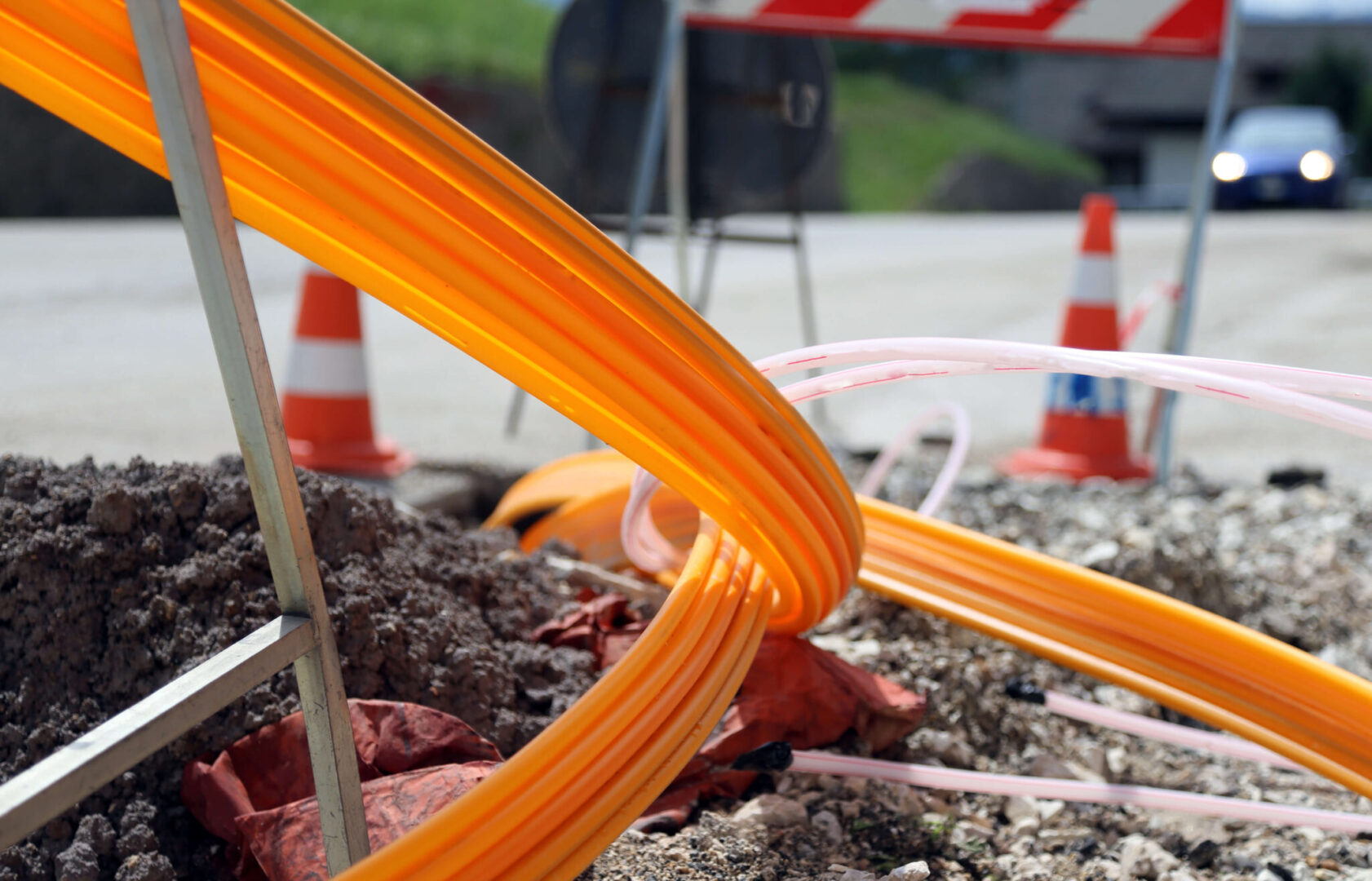What is Fiber Internet?
Fiber-optic internet, commonly called fiber internet or simply “fiber,” is a broadband connection that uses strands of glass to transmit pulses of light resulting in incredible speeds, with low lag time. The technology uses a fiber-optic cable, which amazingly can send data as fast as about 70% of the speed of light. In addition, fiber-optic cables are not as susceptible to severe weather conditions as other types of traditional cables, which helps minimize outages. It also resists electrical interference effectively.
How Does Fiber-Optic Internet Work?
Fiber-optic internet is a complex technology that allows the transmission of information in the form of light rather than electricity. There are many pieces that make up this advanced technology, but the key component is optical fibers. Optical fibers are tiny — about 125 microns in diameter, or slightly larger than a human hair. Many of these fibers are bundled together to form cables (not to be confused with coaxial cables, which are made of copper). The optical fibers carry pulses of laser or LED light down the line, transmitting information in “binary” form, similar to the 0s and 1s used in electronics.
Once these super-fast pulses of light reach their destination, they are converted into electrical output that your devices can understand and use. This is performed by a special piece of equipment called the optical network terminal, which then sends the signal through an Ethernet connection to the user.
History Of Fiber
 Though many people think of fiber-optic as a new technology, it actually dates back to the 1970s, when it was first used in telecommunications. In 1988, fiber-optic cables were laid beneath the ocean, connecting the U.S. to Europe.
Though many people think of fiber-optic as a new technology, it actually dates back to the 1970s, when it was first used in telecommunications. In 1988, fiber-optic cables were laid beneath the ocean, connecting the U.S. to Europe.
Over the years, more and more lines were laid under the sea, so today a huge network of fiber-optic cables stretches around the entire globe.
Growing fiber networks, with their high-speed capabilities and reliable transmission of data, have allowed for dramatic progress in the telecom field — in fact, some say fiber-optic technology is what made the Information Age possible.
 In developed nations, fiber-optic lines replaced the older copper lines years ago, forming the core or “backbone” of our current internet networks.
In developed nations, fiber-optic lines replaced the older copper lines years ago, forming the core or “backbone” of our current internet networks.
Only recently has it become more cost-effective to install fiber lines than copper ones.
So, as technology keeps improving, fiber-optic networks are expanding rapidly across cities and directly to homes.
How is fiber different from other types of internet?
The main difference is that fiber doesn’t utilize electric current like other types of internet connections do.
It uses light, delivered through the fiber glass core.
